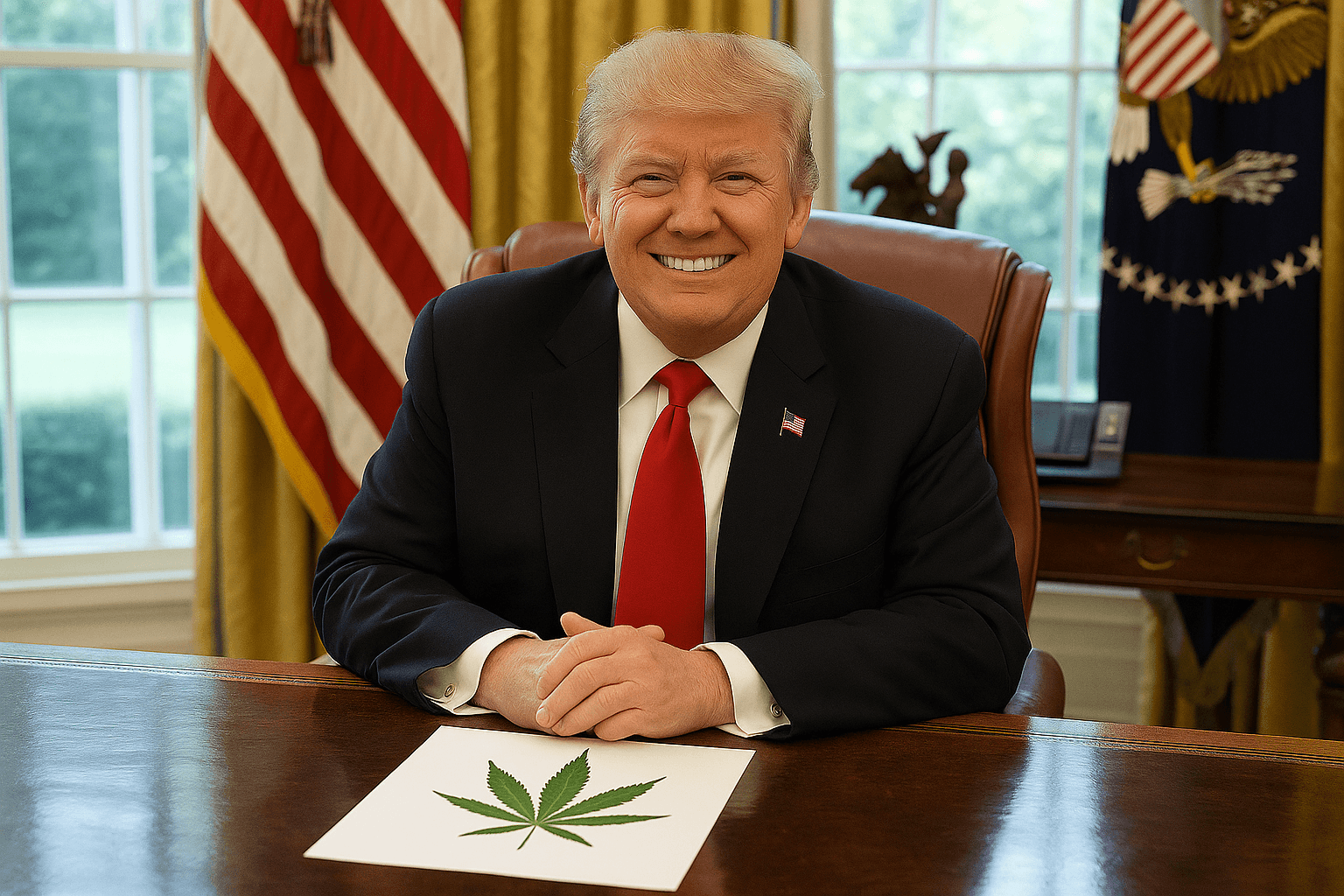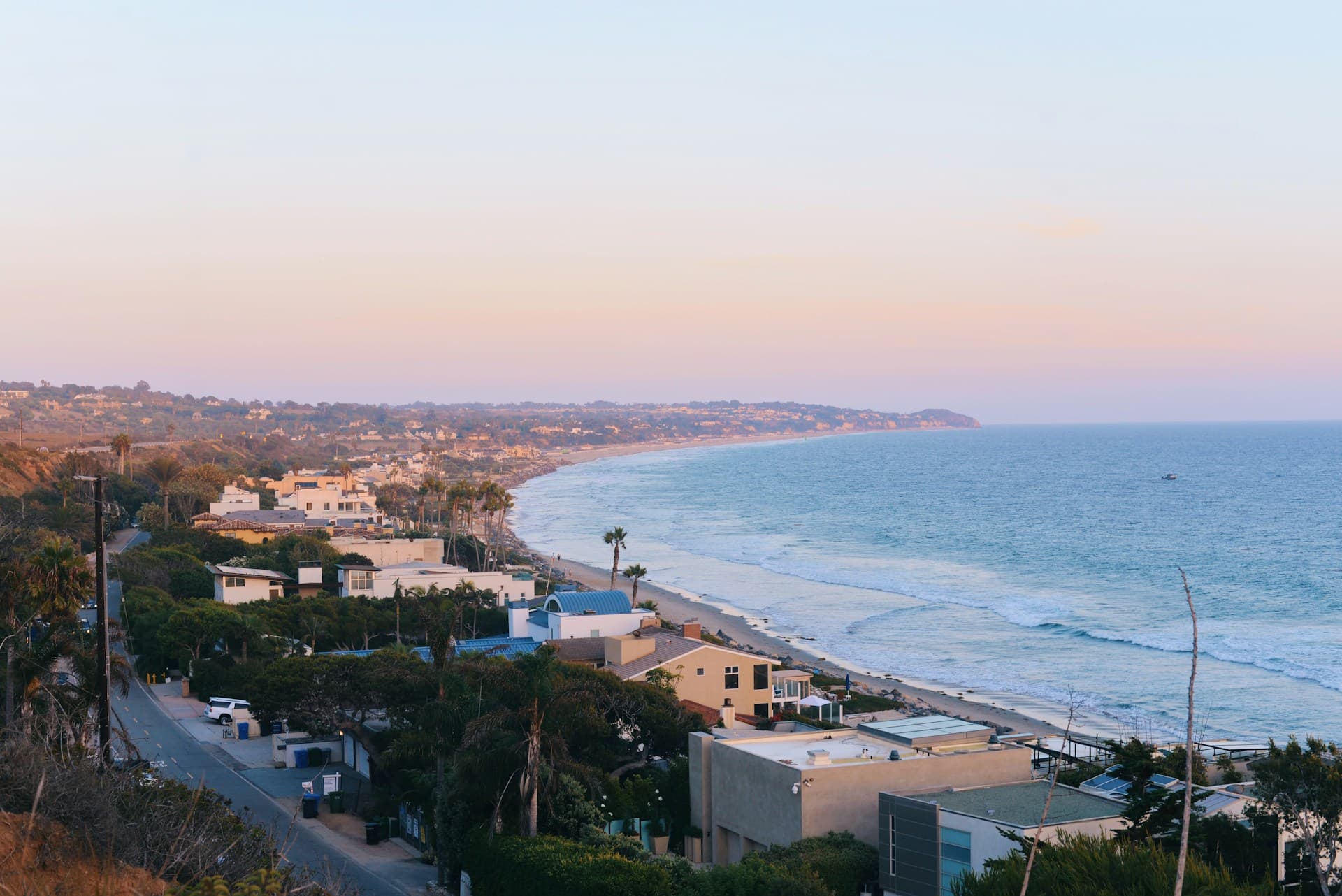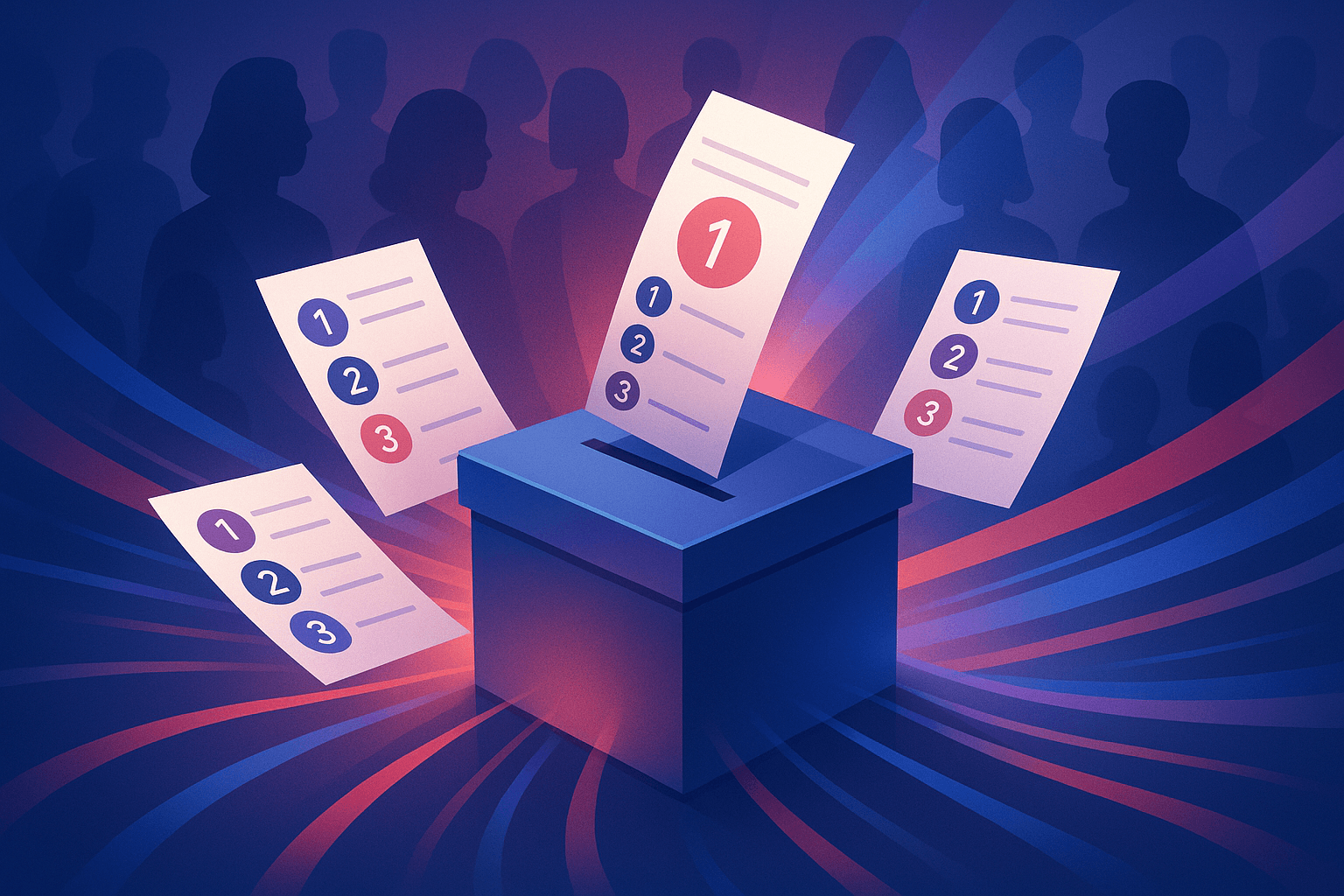Executive Orders Used to Highlight Congressional Dysfunction, Experts Say

promised to take action on issues ranging from minimum wage to the environment during his recent State of the Union address.
Some Republicans are protesting this, as they have protested his previous executive orders, with Paul Ryan going so far as to say that the president is becoming "lawless."
But, are these claims justified? Perhaps not.
Obama has issued fewer executive orders than other contemporary presidents, according to the Brookings Institute, a nonprofit public policy organization based in Washington, D.C. As of January 20, 2014, this count stood at 168 executive orders, according to Snopes.com. By contrast, President George W. Bush issued 291 such orders during his time in office, and President Bill Clinton beat them both with 364.
"Congressional leaders often object to the use of executive orders -- Democrats weren't happy when George W. Bush used them a decade ago -- but there is little that the legislative branch can do about it," explained Stephen Farnsworth, professor of political science at the University of Mary Washington. "The most intense partisans on both sides expect their representatives to complain loudly over executive orders, but that's really all they can do short of passing a law over a likely presidential veto or convincing the courts to intervene."
GOP outrage may be all about the image game, according to Chad Murphy, assistant professor of political science at the University of Mary Washington.
"Obama's use of executive orders is important because it's almost a reverse veto," he said. "He's effectively taking action, and then the onus is on Congress to override what he's done."
Murphy also compared Obama's strategy to that of another Democratic wave-maker.
"Executive orders have recently become a way for a president to look productive while simultaneously making Congress appear dysfunctional," he said. "The classic use was Bill Clinton during his impeachment, even using it to pass some conservative ideas so he could say he was governing while Republicans were focused on his scandals and shirking their responsibility to the American people."
But for President Obama, this could be about more than image -- it could be about productivity.
"Republicans in Congress have figured out that by failing to act on any number of issues, they're able to frustrate the president's agenda," Murphy said. "This takes that power away from them."
At this point, the president seems determined to forge ahead, regardless of whether or not Congress supports him.
"Obama demonstrated in his State of the Union last week that he has almost no confidence that Congress will work with him on any major issue except perhaps immigration," Farnsworth said. "Republicans, particularly those in the House, over the course of Obama's presidency have demonstrated almost no interest in compromising on anything."
Farnsworth also explained that the president has quite a lot of reach with this tactic.
"Executive orders cover the actual implementation of laws and can be used to sort-of legislate in the gray areas between laws," he said. "As such, there are some areas where significant things can be handled through executive orders, particularly relating to law enforcement and the provision of government services."
But despite the fuss they're raising, Republicans themselves could be responsible for Obama's willingness to wield his pen.
"When the legislative branch is relatively inactive -- and this Congress has passed fewer bills than most -- the executive branch has more of an opening via executive orders," Farnsworth said.
Should the president overstep his bounds, it's worth nothing that courts are allowed to throw out executive orders -- and if need be, Congress can re-legislate important issues.




